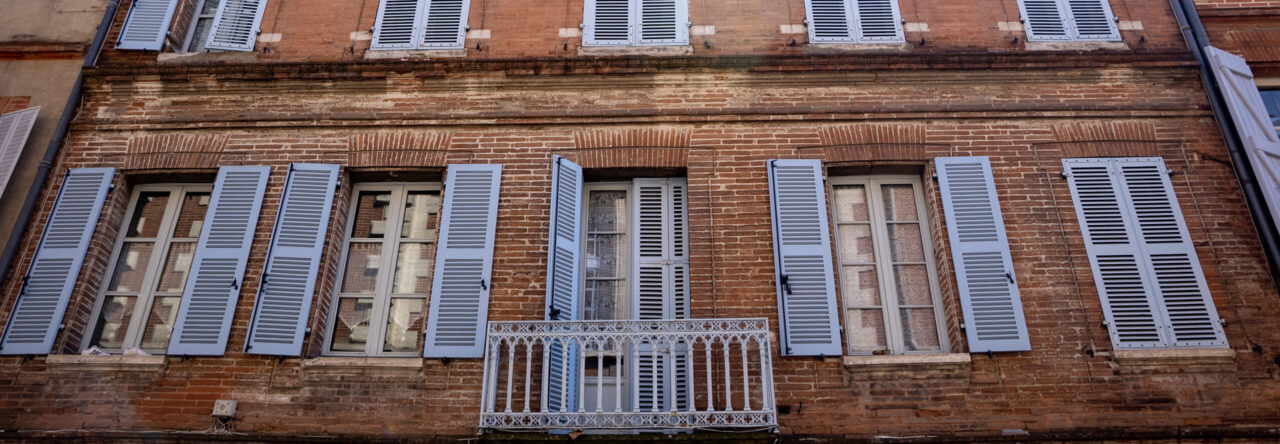For my community service in Toulouse, I teach swimming lessons to children with the swim club TOAC Natation. I really like the opportunity to work with children because I enjoy sharing my enthusiasm for swimming. Because I taught swim lessons for several years in the United States, I thought that my time teaching swim lessons for community service would be easy. However, I was wrong because the French terms relating to swimming instruction are not common, everyday words. During the first few weeks, it was difficult for me to come up with words such as “palme”, “tuba” and “planche.” This made me realize that even though one can be nearly fluent in a foreign language, there are always specific technical words that are not used in common dialogue.
Also, while the children swim laps, I have the opportunity to talk with the other swimming instructors at the pool. While discussing the differences between club sports in the United States and France, I learned some interesting contrasts in how each country treats organized youth sports. In France, there are not many sports teams run by high schools. In Toulouse and throughout France, high school athletes train on club teams because there is no option to play with a high school team. French high schools often don’t have pools or large fields for sports. On the other hand, almost every American high school has a pool and basketball courts, as well as soccer and football fields. Furthermore, successes for American high school teams are often more esteemed than club successes, especially considering college athletic scholarships. In my opinion, the lack of high school teams in France leads to a less intense school pride compared to the United States. French high schools also don’t have mascots, and town communities aren’t unified by supporting their local high school.
Lastly, it is interesting that the apparent American emphasis on high school sports isn’t always more inclusive as the France view on sports. By this I mean that the French high school education is more interested in everyone having some athletic competence, whereas the American high school education is not necessarily interested in every student’s athleticism. This is shown by the fact that the SAT and ACT do not have an athletic component, while the French equivalent, the BAC, has an optional section that can benefit athletic students. Thus, it’s not necessarily true that sports are more esteemed in one country or another; each country has different means of supporting physical education for students
